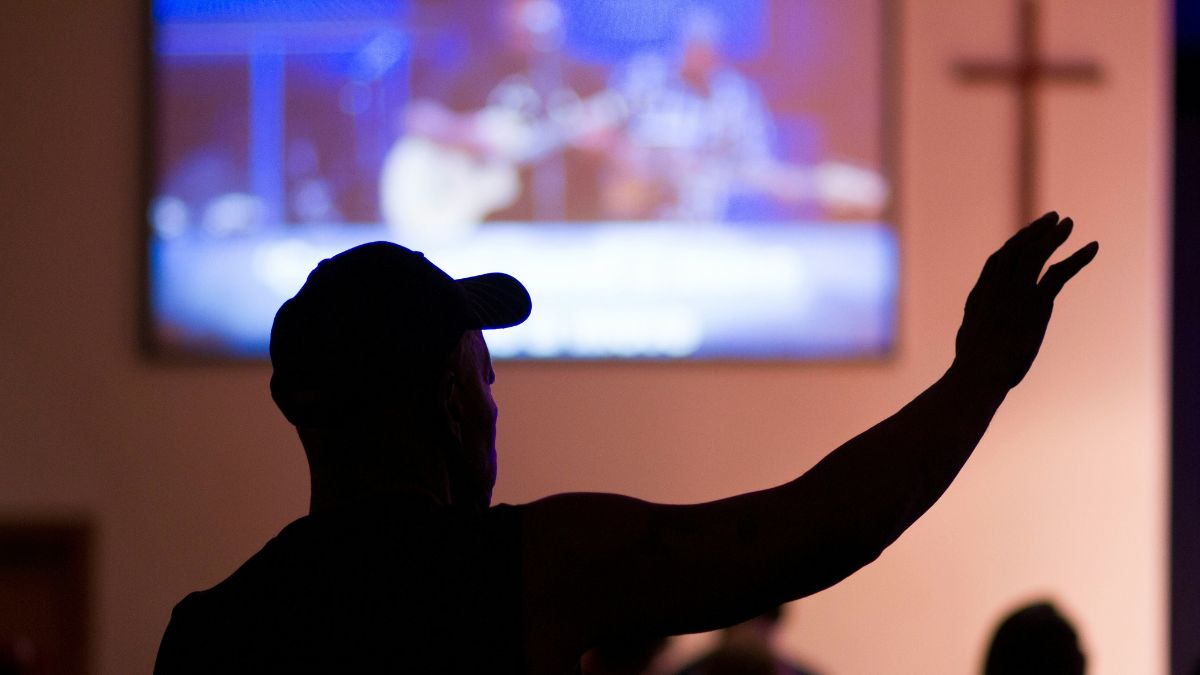

BreakPoint
Smuggled Theology
The story is told of a public school librarian who was hostile to Christianity, and did all she could to keep Christian literature out of the library. Ironically, she went out of her way to order plenty of copies of The Chronicles of Narnia by C. S. Lewis. These children's stories are, of course, wonderful allegories of the Gospel message—but the librarian did not realize that. This story illustrates how successfully Lewis was able to, as he himself put it, "smuggle… [theology] into people's minds… without their knowing it." Perhaps the best example of how Lewis did this is The Lion, the Witch, and the Wardrobe. The story features four children in wartime Britain who enter another world through a clothes wardrobe. The world is called Narnia, and in it we find talking beasts, dwarves and giants, and even talking trees and river gods. Narnia is ruled by a majestic lion called Aslan, an allegorical representation of Christ. An evil White Witch representing Satan holds Narnia prisoner by keeping the land in perpetual winter—at least, until Aslan allows himself to be sacrificed, thereby lifting the long curse over Narnia. Like that hostile librarian, many people who have read and loved the Narnia books have no idea that Aslan is an allegorical representation of Christ. Without once referring directly to Scripture, Lewis is able to vividly communicate the whole story of the Gospel. In his essay, "Sometimes Fairy Stories May Say Best What's to Be Said," Lewis explains why he communicated the Gospel message in story form. It is, he says, because fairy tales "could steal past a certain inhibition which had paralysed much of my own religion in childhood." Why, Lewis asks, does "one find it so hard to feel as one was told one ought to feel about God or about the sufferings of Christ?" The chief reason, Lewis suggests, "was that one was told one ought to." But suppose one could cast biblical truths into an imaginary world, Lewis proposes. Suppose we could "strip them of their stained-glass and Sunday school associations." Could one then make them, for the first time, appear in real potency? Given the enormous popularity of the Narnia books, it would seem that Lewis accomplishes this goal. Children, and even adults, condition themselves to receive explicit truth by ingesting it implicitly. Scripture tells us that where our treasure is, there will our hearts be also. Well, when children come to love stories that exalt self-sacrifice, virtue, and nobility, they can’t help but respond to the Greatest Story that proclaims those very things. Narnia presents the Gospel story retold, so that we hear it afresh. Because it does not evoke certain prejudices about church and all the attendant rigmarole, even—or perhaps especially—readers who would never crack open a Bible can actually hear the truth and be touched by it, as though for the first time. As E. L. Mascall, writing in Theology magazine put it, in Lewis's fantasies "fiction and theology are so skillfully blended that the non-Christian will not realize that he is being instructed until it is too late." The Wonderworks videos of the Narnia stories are very well done. Why not rent them and watch them with your kids? Without realizing it, they may have the Gospel message smuggled into their hearts.
06/8/98















